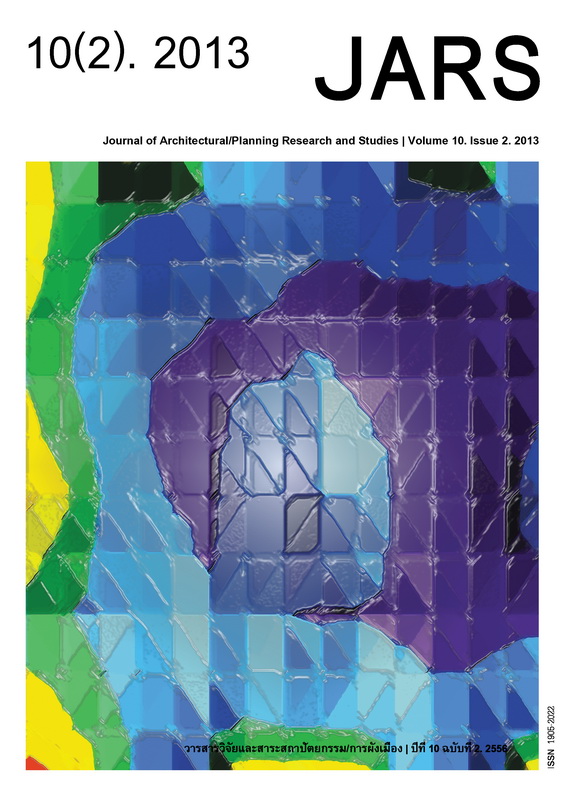Application of Radio Frequency Identification (RFID) Technology for Environment Improvement to Increase Efficiency of Spatial Perception and Accessibility for the Blinds
Main Article Content
Abstract
Downloads
Article Details

This work is licensed under a Creative Commons Attribution-NonCommercial-NoDerivatives 4.0 International License.
All material is licensed under the terms of the Creative Commons Attribution 4.0 International (CC-BY-NC-ND 4.0) License, unless otherwise stated. As such, authors are free to share, copy, and redistribute the material in any medium or format. The authors must give appropriate credit, provide a link to the license, and indicate if changes were made. The authors may do so in any reasonable manner, but not in any way that suggests the licensor endorses you or your use. The authors may not use the material for commercial purposes. If the authors remix, transform, or build upon the material, they may not distribute the modified material, unless permission is obtained from JARS. Final, accepted versions of the paper may be posted on third party repositories, provided appropriate acknowledgement to the original source is clearly noted.
References
Boonvong, N. & Niamsap, N. (2002). การออกแบบภายในอาคารเพื่อคนพิการ [Interior design for disabled]. Bangkok, Thailand: Chulalongkorn University Press.
Chinnapong, P. (2008). การออกแบบสภาพแวดล้อมเพื่อการเข้าถึงของคนตาบอด (รายงานวิจัยฉบับสมบูรณ์) [The environmental design for the blind accessibility (Final Report)]. Bangkok, Thailand: Faculty of Architecture, King Mongkut’s Institute of Technology Ladkrabang.
Kulachol, K. & Dankittikul, C. (2002). รายงานการวิจัย เรื่อง การปรับปรุงอาคารสถานที่เพื่อการใช้งานของคนพิการ: กรณีศึกษาเฟสปิกเกมส์ ณ มหาวิทยาลัยธรรมศาสตร์ ศูนย์รังสิต [Post-occupancy evaluation of buildings and facilities adapted for disabled persons, a case study of Rangsit Sports Complex, Thammasat University, for the 7th Fespic Games]. Department of Urban Design and Planning, Faculty of Architecture, Silpakorn University.
Kulachol, K. & Dankittikul, C. (2005). รายงานการวิจัยเรื่อง แนวทางการปรับปรุงระบบทางเดินสำหรับคนพิการและผู้สูงอายุ. [Improvement guildlines for the pedestriansystem for persons with disabilities and persons with ages]. Department of Urban Design and Planning, Faculty of Architecture, Silpakorn University.
Horayangkura, V. (2011). การสร้างสรรค์สภาพแวดล้อมชุมชนเมืองที่น่าอยู่อาศัย: ปัญหาที่มองไม่เห็นและแนวทางแก้ไข. [Creating a livable urban environment: Unseen problems and possible solutions]. Journal of Architecture/Planning Research and Studies, 8(2), 9-26.
Horayangkura, V., Settaworakit, B. & Klinmalai, S. (2011). จิตวิทยาสภาพแวดล้อม: มูลฐานการสร้างสรรค์และการจัดการสภาพแวดล้อมน่าอยู่อาศัย [Environmental psychology: A basis for creation and management of livable environment ]. Bangkok, Thailand: G.B.P. Center.


